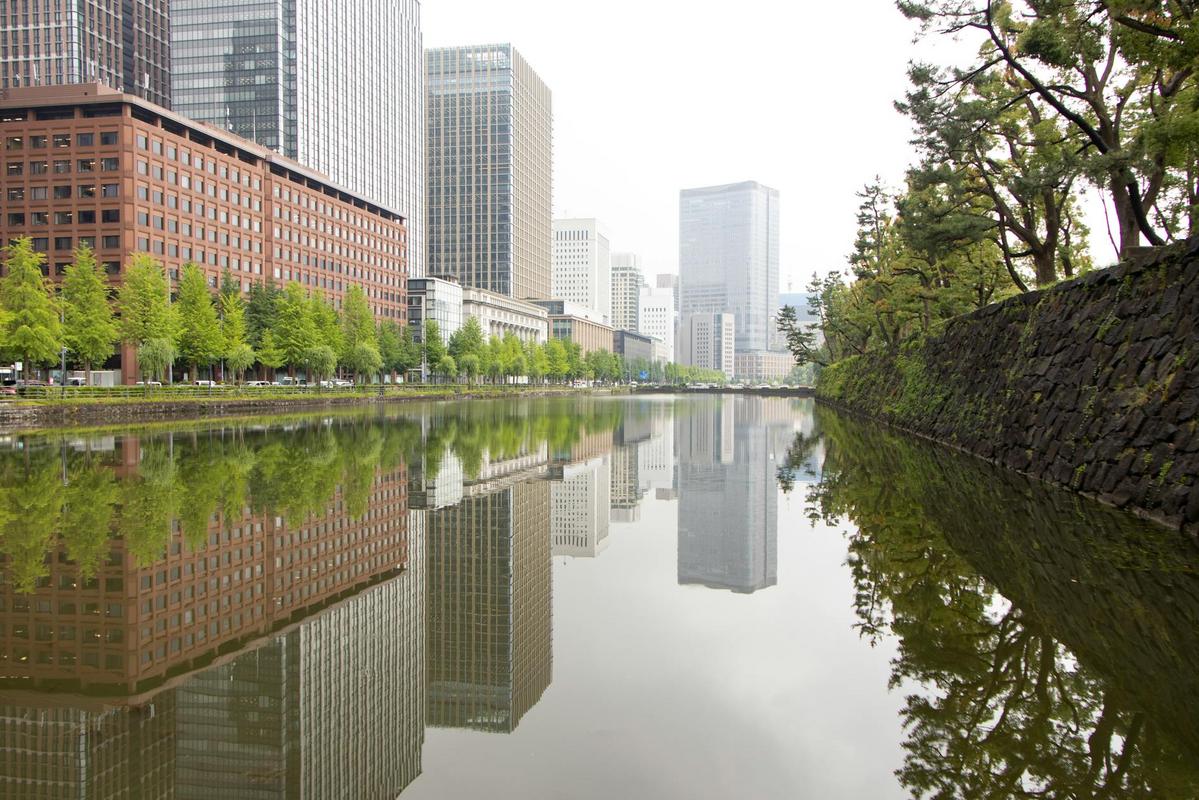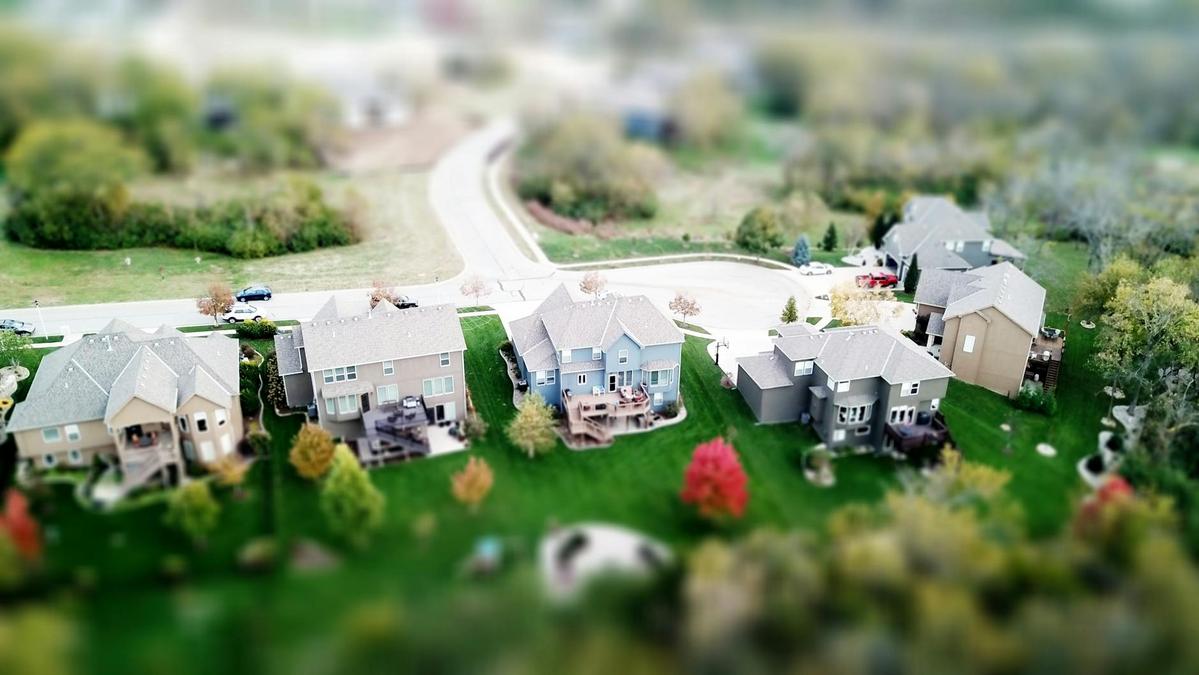As urban areas continue to grow and evolve, sustainable architecture emerges as a pivotal force shaping the landscapes of our cities. This approach not only addresses environmental concerns but also enhances the quality of urban living, offering a blueprint for future development.
The Rise of Sustainable Architecture
In recent years, sustainable architecture has gained significant momentum, driven by the urgent need to address climate change and resource scarcity. According to the Global Alliance for Buildings and Construction, buildings account for nearly 40% of global carbon emissions, highlighting the critical role of sustainable practices in urban design.
Expert Insights
Renowned architect and sustainability advocate, Maria Perez, emphasizes, “Sustainable architecture is not just about using eco-friendly materials; it’s about creating spaces that promote well-being and resilience.” Her perspective aligns with the growing trend of integrating green spaces and renewable energy solutions in urban planning.
Statistics That Matter
Research from the International Energy Agency indicates that implementing energy-efficient design in buildings can reduce energy consumption by up to 50%. These findings underscore the potential of sustainable architecture to mitigate environmental impact significantly.
Real-Life Examples
Consider the transformation of an old warehouse district into a vibrant eco-friendly neighborhood. By incorporating green roofs, solar panels, and rainwater harvesting systems, developers created an urban oasis that not only conserves resources but also enhances community life.
Actionable Tips for Urban Planners
- Incorporate renewable energy sources such as solar or wind power.
- Utilize local, sustainable materials to minimize carbon footprint.
- Design with natural lighting and ventilation in mind to reduce energy use.
Comparing Sustainable Practices
| Practice | Benefit |
|---|---|
| Green Roofs | Reduces heat island effect and improves air quality |
| Solar Panels | Provides clean energy and decreases reliance on fossil fuels |
| Rainwater Harvesting | Conserves water and reduces stormwater runoff |
| Passive Solar Design | Maximizes natural heating and cooling |
| Natural Ventilation | Improves air quality and reduces energy consumption |
| Recycled Materials | Minimizes waste and environmental impact |
| Urban Green Spaces | Enhances biodiversity and provides recreational areas |
| Smart Thermostats | Optimizes energy use for heating and cooling |
Frequently Asked Questions
What is sustainable architecture?
Sustainable architecture focuses on reducing environmental impact through energy-efficient design and sustainable materials.
How does sustainable architecture benefit urban areas?
It improves air quality, reduces energy consumption, and enhances residents’ quality of life.
Are there cost benefits to sustainable architecture?
Yes, while initial costs may be higher, long-term savings are realized through reduced energy and maintenance expenses.
Conclusion
Sustainable architecture is undeniably shaping the future of urban landscapes by promoting environmental stewardship and enhancing urban living. As cities continue to expand, embracing these practices will be crucial in creating resilient, vibrant communities. By taking actionable steps today, urban planners and developers can pave the way for a more sustainable tomorrow.




Leave a Reply